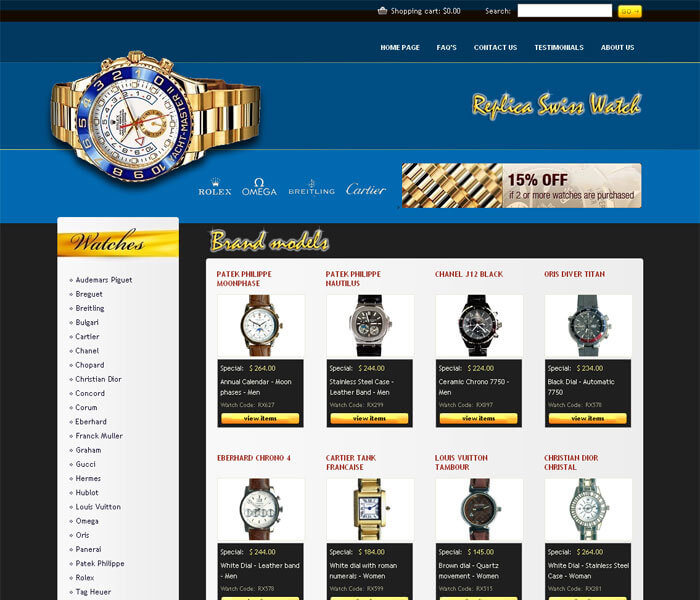Part three
A university study* has confirmed that, from a behavioural point of view, the vast majority of those who buy counterfeit products are fully aware this is an illegal act. This is particularly true of counterfeit luxury products whose low price and method of distribution (often hawked in the street) leave no doubt as to their status. The study reveals that the main obstacles for potential buyers of counterfeit goods are the risk the product will be defective, followed by the risk they run by breaking the law, and lastly the risk that certain counterfeit products might endanger their physical health. In the case of luxury products, watches for example, and despite growing awareness that counterfeiting can harm economic development and brand image, buyers see their purchase as being “just for fun” as well as a way of getting their own back on the big luxury names for their allegedly excessive prices.
Online purchasing inevitably means that consumers cannot physically ascertain the quality of products before they buy. Counterfeiters exploit the virtual presence of their online stores to sell products that look almost identical to the original. Many use official photos of major brand products to inspire confidence among potential customers. But the quality of the merchandise once delivered is far inferior to that promised.
Intentional buying of counterfeit goods
In the specific case of watches, buyers can come across two types of online store. The first openly states that it specialises in fakes whose quality will give the customer complete satisfaction. The second presents itself as a discount seller offering branded watches at very low prices, and which are in fact counterfeits. In either case, the customer cannot plead ignorance, as they are fully aware of what they are buying. That luxury watches are sold at around a tenth of the price of the original is enough to dispel any doubts as to the true status of the merchandise and the real intentions of the consumer. Other sectors, particularly sportswear, have also been blighted by a plethora of online stores where customers are hard-pressed to distinguish between real and fake. In most of these cases, purchases of fakes are made unintentionally.
E-commerce platforms such as eBay pose a far more complex problem: most counterfeits are sold by traders posing as individuals with a good profile (ratings), who present the article as a genuine item sold at a slightly lower price than the original. From the photo to the description and the type of seller, everything is intended to mislead the consumer who is convinced they have “found a good deal” when in reality they have fallen victim to counterfeiting.
*Les déterminants de l’achat de produits de contrefaçon : une exploration du côté obscur du comportement du consommateur (Decisive factors in buying counterfeit goods: an exploration of the dark side of consumer behaviour), by C. Viot, A. Le Roux and F. Kremer, University of Montesquieu – Bordeaux IV, 2005









